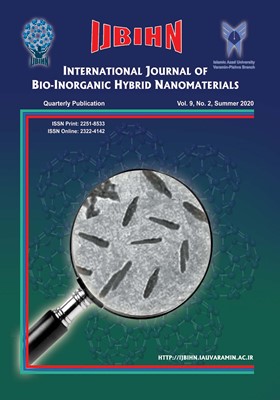-
-
List of Articles
-
Open Access Article
1 - A Review of the properties, synthesis and application of Nano Hydroxyapatite
-
Open Access Article
2 - CuMn2O4 nanostructures: Facial synthesis, structural,magnetical, electrical characterization and activation energy calculation
-
Open Access Article
3 - Mono-Mono-Mono and Bi-Bi-Bi three-layer graphene systems’ optical conductivity
-
Open Access Article
4 - Investigation the Mechanism of Interaction between Inhibitor ALISERTIB with Protein Kinase A and B Using Modeling, Docking and Molecular Dynamics Simulation
-
Open Access Article
5 - Investigating the Longitudinal Optical Conductivity in Three-Layer Graphene Systems with Composes Mono-Bi-Bi and Bi-Mono-Bi and Bi-Bi-Mono
-
Open Access Article
6 - Removal of Cationic Dyes from Aqueous Solution using Organomodified Nanoclay
-
The rights to this website are owned by the Raimag Press Management System.
Copyright © 2021-2025







